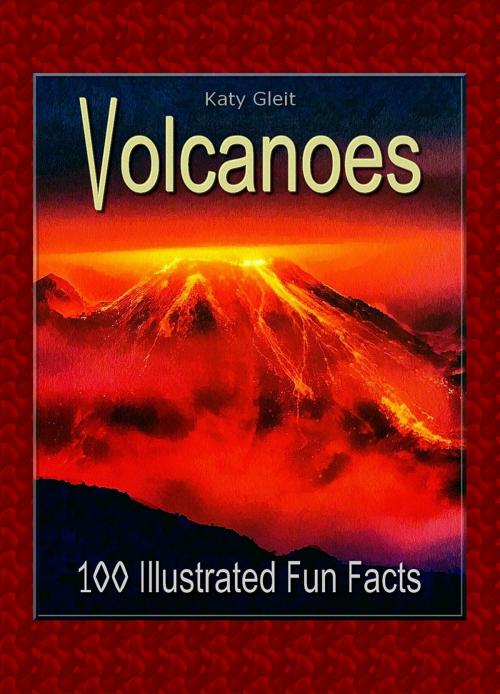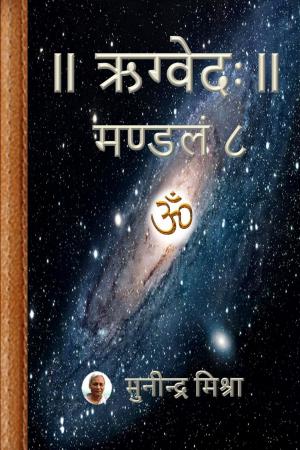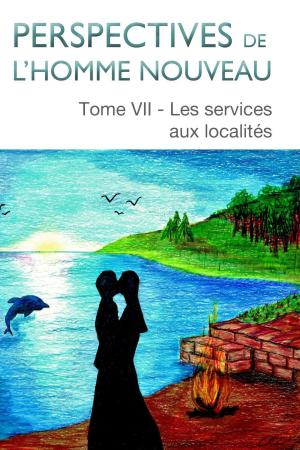| Author: | Katy Gleit | ISBN: | 9782765905936 |
| Publisher: | Osmora Inc. | Publication: | November 5, 2014 |
| Imprint: | Osmora Inc. | Language: | English |
| Author: | Katy Gleit |
| ISBN: | 9782765905936 |
| Publisher: | Osmora Inc. |
| Publication: | November 5, 2014 |
| Imprint: | Osmora Inc. |
| Language: | English |
This picture book is a great teaching tool for your little one and for you. It is like illustrated encyclopedia of volcanoes for every kid. The pictures are clear and the colors are nice. If you are ready to challenge your mind and prove to everyone that you are the king of volcanoes knowledge, then pick up this book and prepare for the ultimate trivia experience. Test your fact knowledge as you look at some of the most captivating facts about volcanoes.
Do you know that?
Japan has 10% of the world’s active volcanoes.
Iceland is made up almost entirely of volcanic rocks like those found on the ocean floor. It gradually built up above sea level through intense and prolonged eruptions.
In August 1986, a cloud mixture of carbon dioxide and water rose from Lake Nyos, a crater lake in Cameroon (western Africa). The heavy gas cloud flowed downhill and gathered in the valleys, asphyxiating 1,700 people and 3,500 livestock living in the villages below.
An acid lake in the crater of Kawah-Idjen in Indonesia absorbs gases rising from the volcano, creating a lake so toxic it can burn through human flesh in minutes
Magma is Latin for “dregs of ointment,” which derives from the Proto Indo-European mag meaning “kneading.” The term “magma” in its geological sense as molten rock was first used in 1865.
The earliest known picture of a volcano is the nearly 8,000-year-old wall painting of an eruption of Hasan Dag volcano in Turkey. The houses of a town, Çatalhöyük, can be seen at the mountain’s base.
In Japan, “baths” in warm volcanic sand are believed to cure many illnesses.
The largest volcano found in the solar system is Olympus Mons on Mars, though it is now extinct.
Venus may have at one time produced more volcanoes than any other planet in our solar system, though they are all now extinct.
While no other planet besides Earth shows active volcanoes, Io, one of Jupiter’s moons, shows volcanoes that are erupting.
The most lava ever recorded from a single eruption was the 1783 Laki eruption in Iceland. Though there was no single big explosion, this eruption killed one fourth of Iceland’s population by producing poisonous gases and clouds of ash that resulted in widespread crop failure and starvation.
As you read this book over and over to your child it won't be long before they are the ones pointing to the picture and telling you what it is. The author Katy Gleit wrote this book for her own two grandchildren Dani and Deia: In " Volcanoes: 100 Illustrated Fun Facts " your children are given a well-selected knowledge along with entertaining information about the volcanoes. In addition, a set of wonderful pictures show exactly what a volcanoes looks like.
This picture book is a great teaching tool for your little one and for you. It is like illustrated encyclopedia of volcanoes for every kid. The pictures are clear and the colors are nice. If you are ready to challenge your mind and prove to everyone that you are the king of volcanoes knowledge, then pick up this book and prepare for the ultimate trivia experience. Test your fact knowledge as you look at some of the most captivating facts about volcanoes.
Do you know that?
Japan has 10% of the world’s active volcanoes.
Iceland is made up almost entirely of volcanic rocks like those found on the ocean floor. It gradually built up above sea level through intense and prolonged eruptions.
In August 1986, a cloud mixture of carbon dioxide and water rose from Lake Nyos, a crater lake in Cameroon (western Africa). The heavy gas cloud flowed downhill and gathered in the valleys, asphyxiating 1,700 people and 3,500 livestock living in the villages below.
An acid lake in the crater of Kawah-Idjen in Indonesia absorbs gases rising from the volcano, creating a lake so toxic it can burn through human flesh in minutes
Magma is Latin for “dregs of ointment,” which derives from the Proto Indo-European mag meaning “kneading.” The term “magma” in its geological sense as molten rock was first used in 1865.
The earliest known picture of a volcano is the nearly 8,000-year-old wall painting of an eruption of Hasan Dag volcano in Turkey. The houses of a town, Çatalhöyük, can be seen at the mountain’s base.
In Japan, “baths” in warm volcanic sand are believed to cure many illnesses.
The largest volcano found in the solar system is Olympus Mons on Mars, though it is now extinct.
Venus may have at one time produced more volcanoes than any other planet in our solar system, though they are all now extinct.
While no other planet besides Earth shows active volcanoes, Io, one of Jupiter’s moons, shows volcanoes that are erupting.
The most lava ever recorded from a single eruption was the 1783 Laki eruption in Iceland. Though there was no single big explosion, this eruption killed one fourth of Iceland’s population by producing poisonous gases and clouds of ash that resulted in widespread crop failure and starvation.
As you read this book over and over to your child it won't be long before they are the ones pointing to the picture and telling you what it is. The author Katy Gleit wrote this book for her own two grandchildren Dani and Deia: In " Volcanoes: 100 Illustrated Fun Facts " your children are given a well-selected knowledge along with entertaining information about the volcanoes. In addition, a set of wonderful pictures show exactly what a volcanoes looks like.















